Ube Pan de Sal – Filipino Buns With Purple Yam
As an Amazon Associate and member of other affiliate programs, I earn from qualifying purchases.
We were out of bread. So, I caved and baked Ube Pan de Sal. This is the classic Filipino bread bun, flavored with ube or purple yam. I posted about baking ube pan de sal several years ago, but updated it with new photos of what I recently baked. Since the pandemic began, home cooks have shown a renewed interest in baking bread. The color purple is pretty. It matches the soft, floral aromas of ube in freshly-baked bread. Also, it’s my blog’s anniversary, so I thought of sharing something that reminds us of hope, and nourishment. After all, bread is life.
For first-time bakers of ube pan de sal, you’ll notice that natural non-food dye recipes such as this one, result in a more subtle purple hue instead of a deep violet. If you do prefer a bold, dark purple color in your bread, there is always food coloring as an option for bakers. When I use the powdered ube, dehydrated purple yam, from the Philippines – it yields a light lavender-colored bread . The difference between regular Pan de Sal and these Ube variety is that the latter is sweeter. I have a recipe for homemade Pan de Sal from a past blog post here.
If you haven’t had ube before, it is a tuber that grows above ground. It looks like a large, dark-colored potato on the outside, with lavender hues on the inside. The flesh has the same thick texture as regular and sweet potatoes and takes as long to cook. Ube grows abundantly in Asian countries and is in season in the last months of the year. Many traditional Filipino kakanins (rice cakes with coconut) use ube as an ingredient.
These bread buns took half a day to make, which included proofing. Kneading took my mind off the weight of the news. Once the puffy, light and airy pan de sal buns were out of the oven, nothing else mattered. We eagerly slathered the butter on the warm, light lavender bread. And all was right in the world.
Ube Pan de Sal - Filipino Buns with Purple Yam
Equipment
- Electric stand mixer with dough hook - for mixing and kneading
- Large Baking Sheets
Ingredients
- 3 cups bread flour
- 1/2 cup purple yam powder
- 2 envelopes active dry yeast; One envelope contains 2 ¼ teaspoons yeast
- 2 teaspoons salt
- ¼ cup granulated sugar
- 1½ cups lukewarm water
- 4 Tablespoons softened unsalted butter at room temperature; plus additional for the bowl
- ½ cup unseasoned bread crumbs
Instructions
First proofing:
- In the large bowl of the stand mixer, using the paddle attachment, combine half of the bread flour and the entire amount of ube powder.Add the yeast, salt and sugar.Pour the 1 ½ cups lukewarm water. Using the electric mixer, mix the ingredient well to form a smooth, wet batter.Add the softened butter. Blend well.Turn off the mixer and unplug. Replace the paddle attachment with the dough hook. (*Note: For safety, always unplug the mixer when replacing the attachments). Plug the mixer back on. Continue mixing and kneading with the dough hook. Add the rest of the bread flour, adding ½ cup at a time. Mix well. Knead the dough using the dough hook or manually on the counter. Here's a guide to how long you should knead: Using the mixer + dough hook = 10 minutes; Or manual kneading = 18 to 20 minutes. The kneaded dough should look like a large, smooth mass. It should easily pull away from the sides of the bowl.Grease a large bowl with butter. Transfer the ube dough into the bowl. Cover with plastic wrap. Place the bowl in a warm place of the kitchen. Let it rise for 1 hour till dough doubles in size.
Second proofing:
- After 1 hour, punch the dough down with your closed fist, in the center, to deflate it.Cover the entire bowl again with plastic wrap. Let the ube dough rise again for 30 minutes in a warm place.
Third proofing:
- Punch the dough again in the center. Remove the dough from the bowl. Divide the dough into 24 pieces, equal in size.Shape the dough into round rolls.Roll the dough balls in bread crumbs. Place each ube dough ball on a baking sheet lined with parchment paper. Leave as space of about 1 ½ inches between each ball.Cover the baking sheet of ube rolls with a clean kitchen towel. Let these rolls rise for 30 minutes.
To bake the Ube Pan de Sal:
- Preheat the oven at 400 F degrees.Bake the ube rolls for 20 to 25 minutes till lightly brown.When done, remove the ube pan de sal from the oven. Cool on baking wire racks.
To store:
- Keep the ube pan de sal covered in a dry container. They last about 3 days, with no refrigeration.To freeze, place the ube pan de sal in resealable freezer bags. Store in the freezer. These keep frozen up to 1 month.
Cook's comment:
- I used Giron Ube Powder, which is dehydrated ube. It is a product of the Philippines, and is available here in the USA in most Asian and Filipino markets, or online sources. In the Philippines, the ube powder is sold in most supermarkets.For a regular, homemade Pan de Sal recipe, click here.
Nutrition
Notes on Nutrition: The nutrition information provided is an estimate and will vary based on cooking methods and specific brands of ingredients used.
Did you like this recipe?I have more Filipino Instant Pot recipes in my newest cookbook Instant Filipino Recipes: My Mother’s Traditional Philippine Cooking in A Multicooker Pot by Elizabeth Ann Besa-Quirino. I also have more classic recipes inspired by my mother’s cooking in my popular cookbook: My Mother’s Philippine Recipes. If you’re learning how to cook Filipino food or a fan of Philippine cuisine, buy my cookbooks and books on Amazon.com sold worldwide in paperback and Kindle format.
Copyright Notice: Hello, Friends! Please DO NOT LIFT OR PLAGIARIZE my original recipe, stories, photos or videos. All the images and content on this blog are COPYRIGHT PROTECTED and owned by my media company Besa-Quirino LLC. This means BY LAW you are NOT allowed to copy, scrape, lift, frame, plagiarize or use my photos, essays, stories and recipe content on your websites, books, films, television shows, videos, without my permission. If you wish to republish this recipe or content on media outlets mentioned above, please ASK MY PERMISSION, or re-write it in your own words and link back to my blog AsianInAmericaMag.com to give proper attribution. It is the legal thing to do. Thank you. Email me at [email protected]

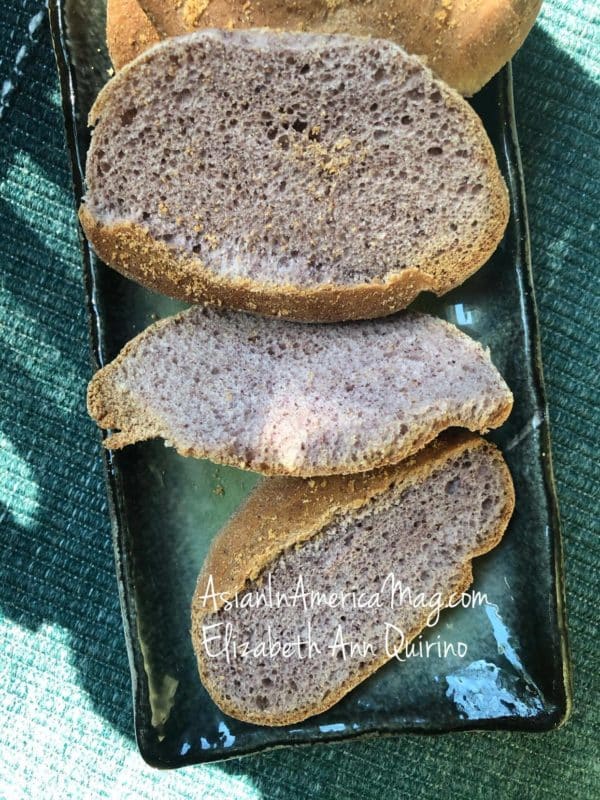
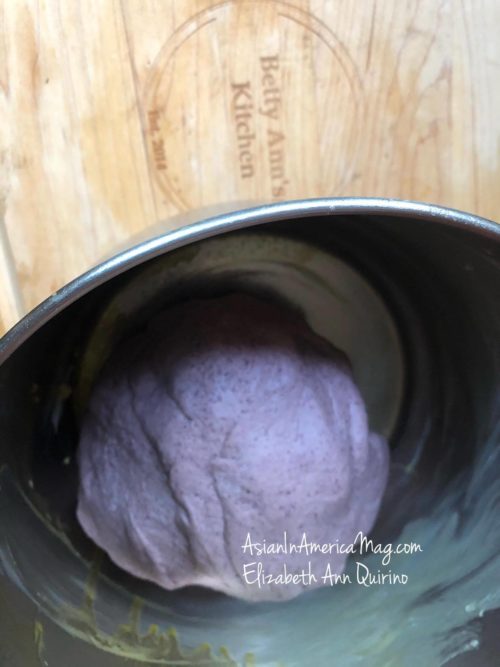
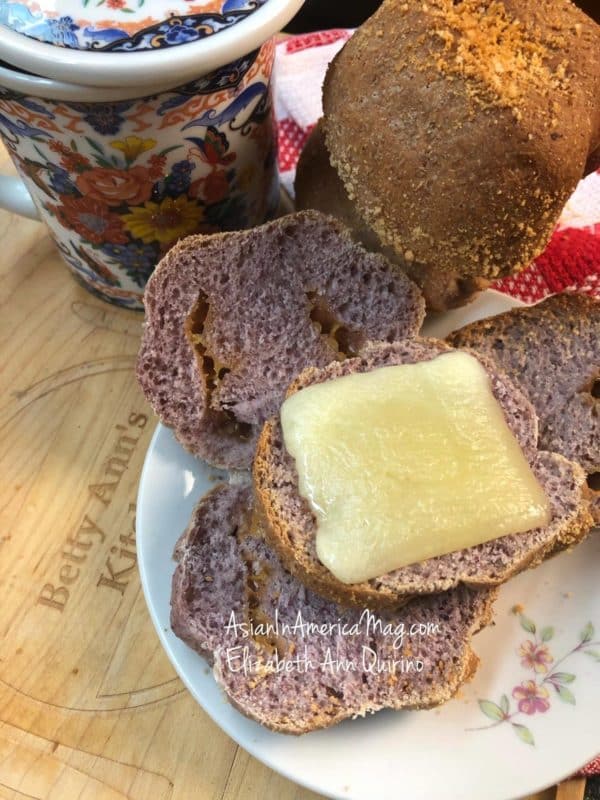
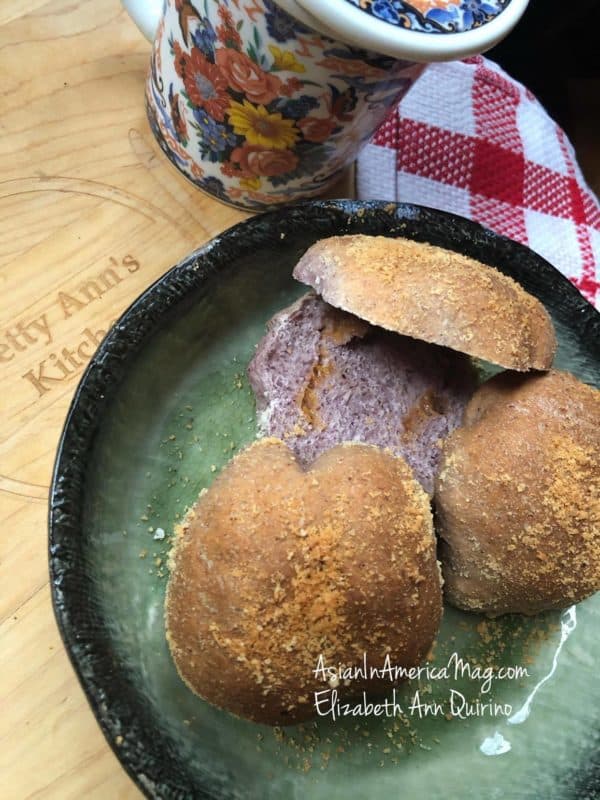
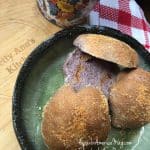
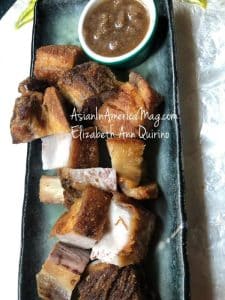
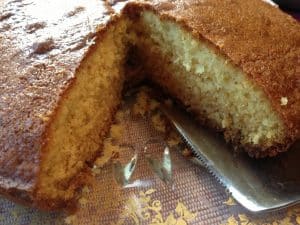
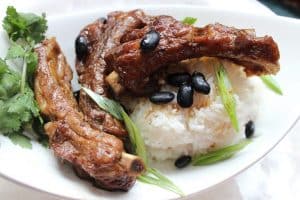

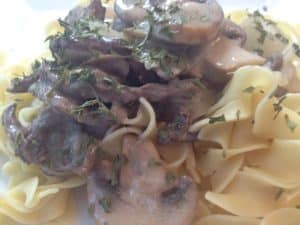
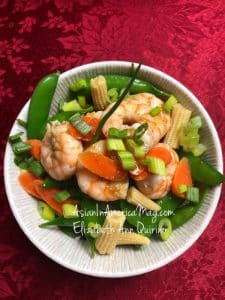
One Comment